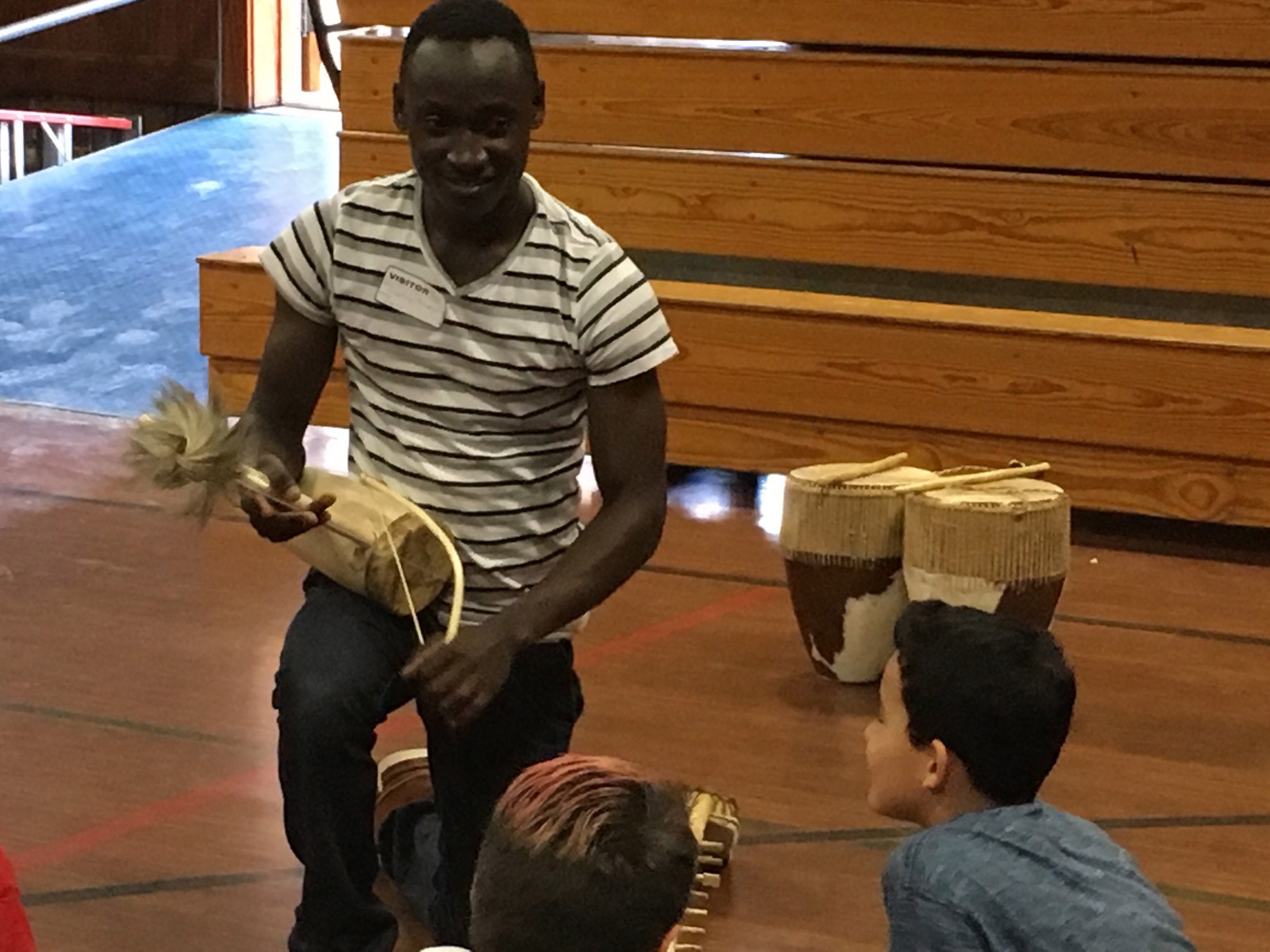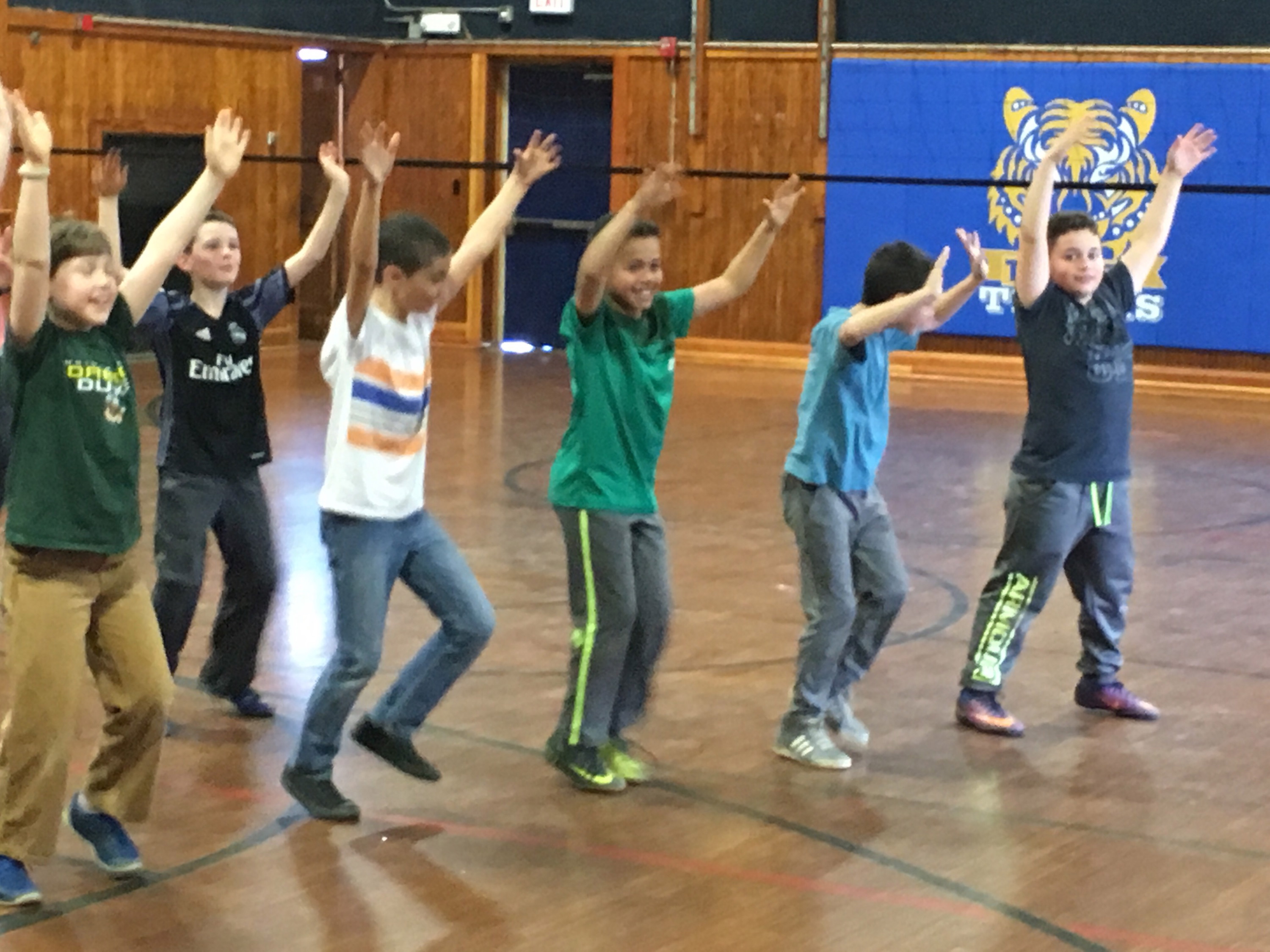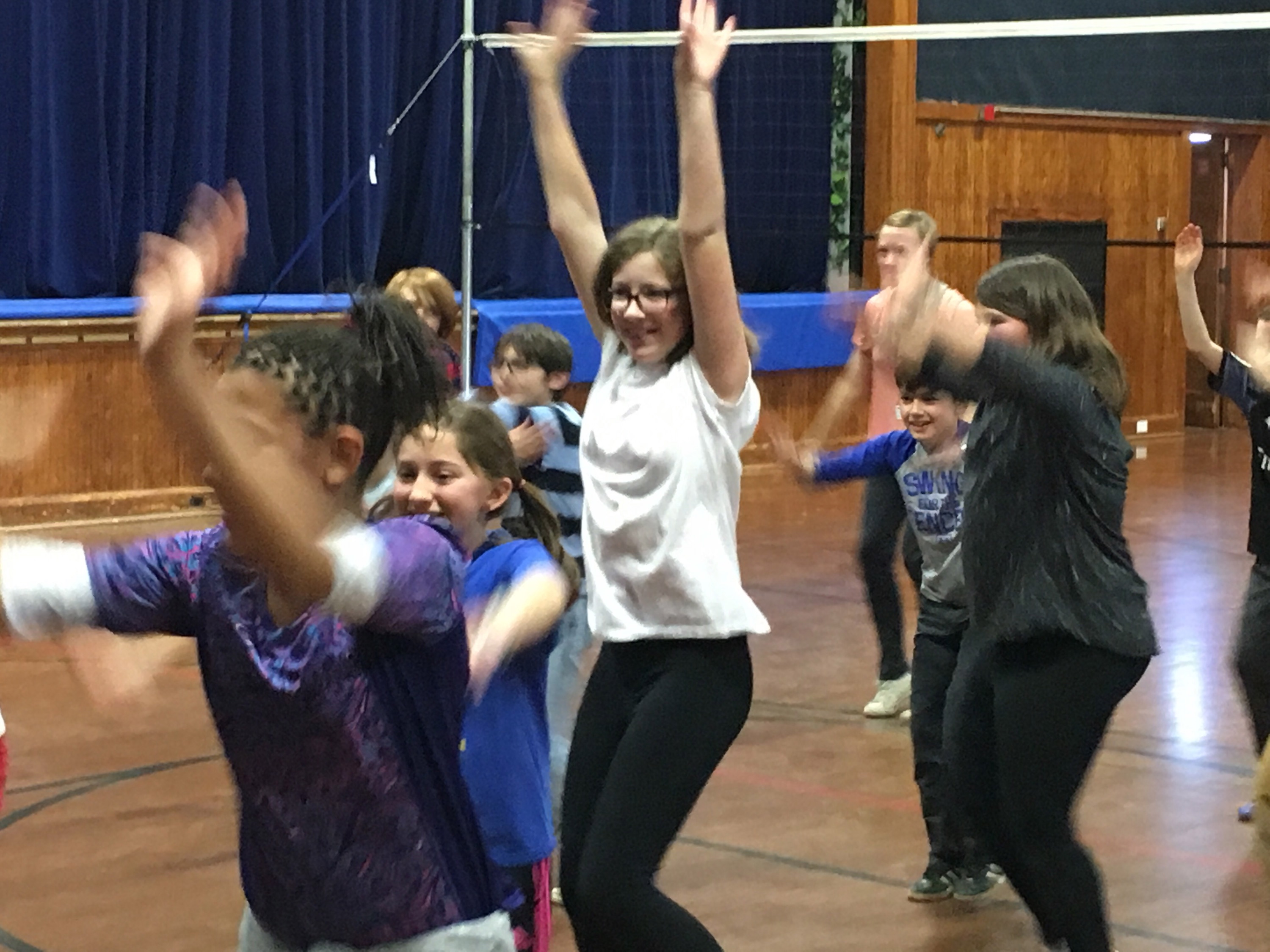| Click here to download our concussion packet. It is required that these forms are completed in order to participate in sports at the Tisbury School. |
| Click to read about Opioid Misuse Prevention/Clique para ler sobre Prevenção de uso indevido de opiáceos English or Portuguese |
| Click here for the Ropes Course Letter English or Portuguese |


Here, at Tisbury School, we try to develop the whole child. Physical Education plays an important role in this development and is no longer just about sports. Certain objectives are taught in PE to advance this notion. Here are the objectives we strive to meet in class every day...
1) To significantly contribute to the physical, social, emotional and intellectual development of the child. The focus is for the child as a whole with emphasis varying from time to time and from one child to another as individual differences are considered.
2) To help relieve children of some of the everyday stresses and frustrations that may take place both in and out of school.
3) To emphasize the importance of the child's ability to make achievements in relation to their own capabilities.
4) To introduce children to situations where they can learn something about themselves and their classmates. These situations will allow them to be exposed to the importance of fun, friendship, fitness and fairplay.
5) When necessary, provide special and adaptive programs and training for children with developmental difficulties.
6) To help children be able to accept differences in themselves and others. Each child is unique and, therefore, learns, develops and functions differently.
Grades 3-8 work on learning and developing skills that are necessary for the games and activities that we will be playing. These activities include individual sports, team sports, lifetime sports and cooperative games and activities. Over the course of the year these students will be introduced to a number of activities that will keep them moving and energized and give them an even better understanding of the importance of a healthy body.

5 - Student is fully prepared for class. Student is consistently giving their best effort. Student knows all the rules of the activity, how to apply them and is always helpful to others.
4 - Student is fully prepared for class. Student usually gives their best effort. Student knows most of the rules of the activity, how to apply them and is usually helpful to others.
3 - Student is fully prepared for class. Student sometimes gives their best effort. Student knows some of the rules of the activity occasionally knows how to apply them and is somewhat helpful to others.
2 - Student is fully prepared for class. Student rarely gives their best effort. Student knows few of the rules or how to apply them and is rarely helpful to others.
1 - Student is fully prepared for class. Student does not give their best effort, does not know the rules of the activity or how to apply them and is not helpful to others.
0 - Student is not prepared for class and is unable to participate.
* Students who are sick, hurt or absent are excused from that class.
*Fully prepared students have their sneakers on and arrive to class on time